Linen Yarn and Cottonized Flax
We are manufacturing wet spun Linen Yarn suitable for weaving, dyeing, and Knitting to be utilized in the Apparel as well as home textile fabrics. In the world of fashion and sustainability Linen is rapidly growing to be the trend setter.
- Count Range : 10 Lea[6 NM] – 100[60 NM] Lea wet spun [Semi bleached, Natural & Yarn Dyed]
- Cottonized Flax: Noil, Carded, Combed & dyed flax suitable for Blending up to 50% along with Cotton, Viscose & Polyester for variety of products. With different end uses.
- Linen Capacities : Yarn – 1500 MT PA
- Cottonized Flax Capacities – 900 MT PA
Certified:
We are proud to be certified by the European Confederation of Linen and Hemp (CELC), the only European agro-industrial organization federating all stages of production and transformation for linen & hemp.
- European Flax [Certificate Number- BVFR15137397]
- Oeko Tex Standard 100 certification [Certificate Number- 20.HIN.04458]
Process:
We are manufacturing 100% Linen yarn from imported European flax fibre by these processes

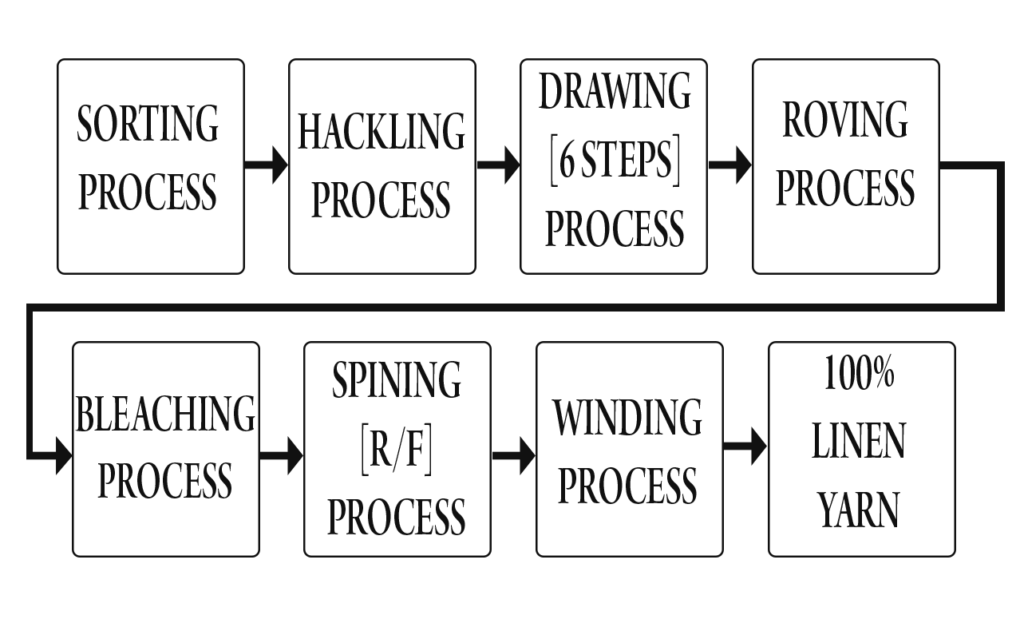
Infrastructure
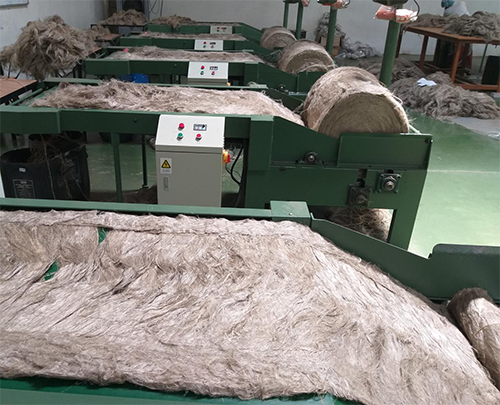
Sorting Process
The dried flax stalks are crushed using rollers to break the woody parts and separate the fibers.
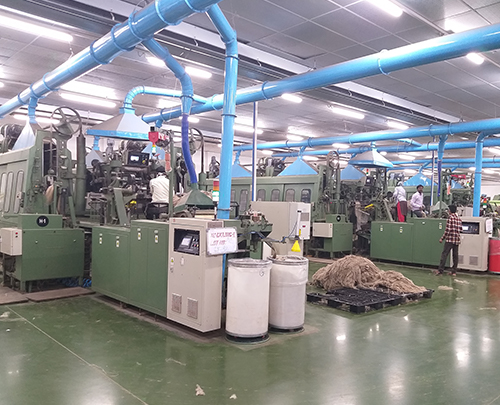
Hackling Process
Fibers are combed through metal pins to align them, remove short fibers (tow), and leave long fibers (line flax) for high-quality yarn.
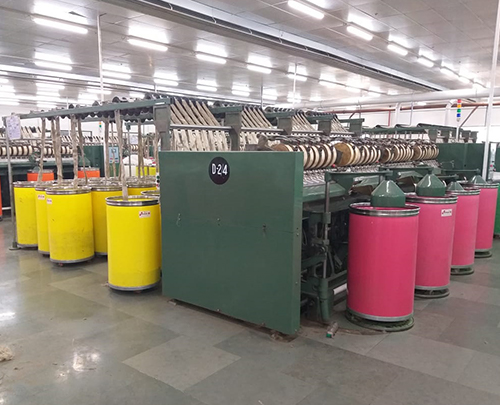
Drawing Process
The combed fibers are drawn through rollers to align them further and combine multiple slivers (fiber bundles) to create a uniform thickness.
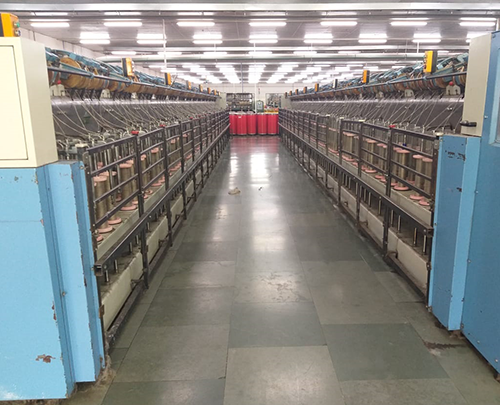
Roving Process
The drawn slivers are twisted slightly to form roving, a loose rope of fibers that prepares the material for spinning.

Bleaching Process
The yarn can be bleached to remove natural color and impurities, resulting in a whiter appearance, or prepared for dyeing.

Spining Process
The rovings are then spun into yarn using spinning machines. This step defines the yarn’s strength, thickness, and texture.
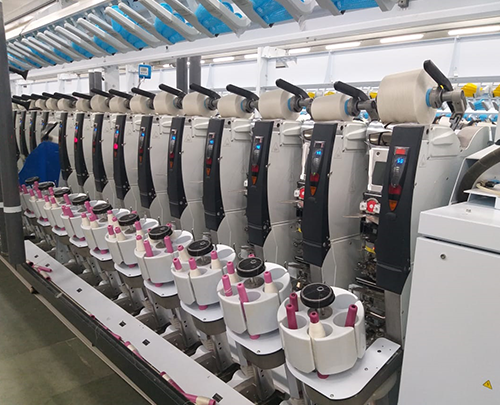
Winding Process
The spun and finished yarn is wound onto cones or bobbins for storage and transportation.

Finishing Process
The final yarn may be softened, conditioned, or treated to enhance its texture, strength, and appearance.


